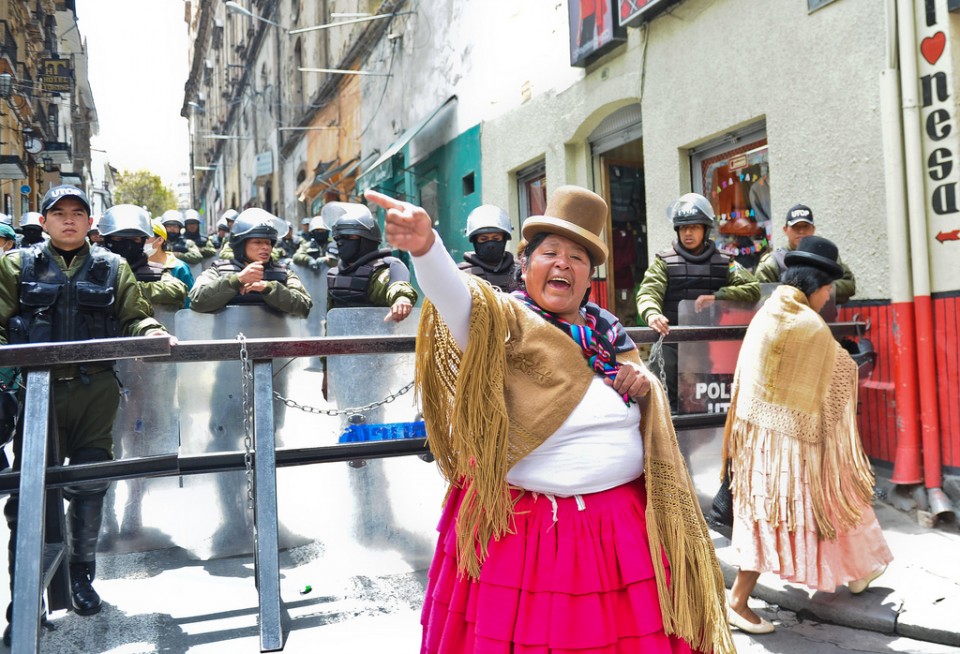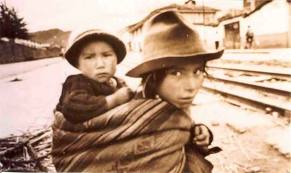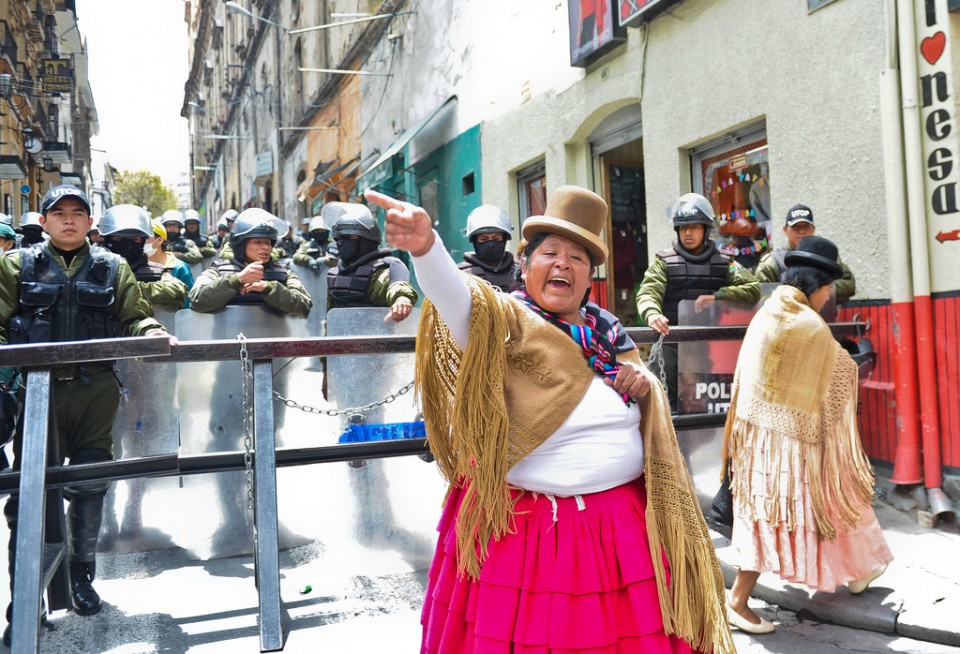 The vast majority of food is grown by women. In the Global South, women are the primary producers of basic grains such as rice, wheat, and corn. Yet women – and their children – are the most likely people to suffer from hunger in the world.
The vast majority of food is grown by women. In the Global South, women are the primary producers of basic grains such as rice, wheat, and corn. Yet women – and their children – are the most likely people to suffer from hunger in the world.
In poor countries around the globe, women have increasingly been entering salaried agricultural work, producing food for export in the agribusiness sector. But women are not offered comparable pay or jobs as their male counterparts in this sector. And of course salaried work imposes a double burden since women must continue to work in non-salaried labor in order to grow food for their families. In Spain, for instance, women workers in agribiz make 30-40% less than men.
The food crisis, in other words, is also a gender crisis. More and more of the aspects of social reproduction that were once controlled by peasants – by peasant women, specifically – are being subsumed by agribiz. As this happens, control over food production is taken out of the hands of producers and submitted to the whims of global capital.
 The upshot has been a global wave of de-peasantization and migration to megacities, many of which are now directly in harm’s way as a result of climate change.
The upshot has been a global wave of de-peasantization and migration to megacities, many of which are now directly in harm’s way as a result of climate change.
Esther Vivas offers an excellent discussion of these trends, and of the resistance organized by peasant women through organizations such as La Via Campesina, in her report “Without Women There Is No Food Sovereignty.”
Also worth checking out is my colleague Fred Kaufman’s recent book Bet the Farm: How Food Stopped Being Food. As it’s title suggests, Bet the Farm explores the financialization of food, as well as linked political consequences such as the Arab Spring.
The contradictions in the global food system are set to catalyze dramatic upheavals in the not-too-distant future. Vivas and Kaufman help us understand where these crises are coming from, and how we can challenge them.




